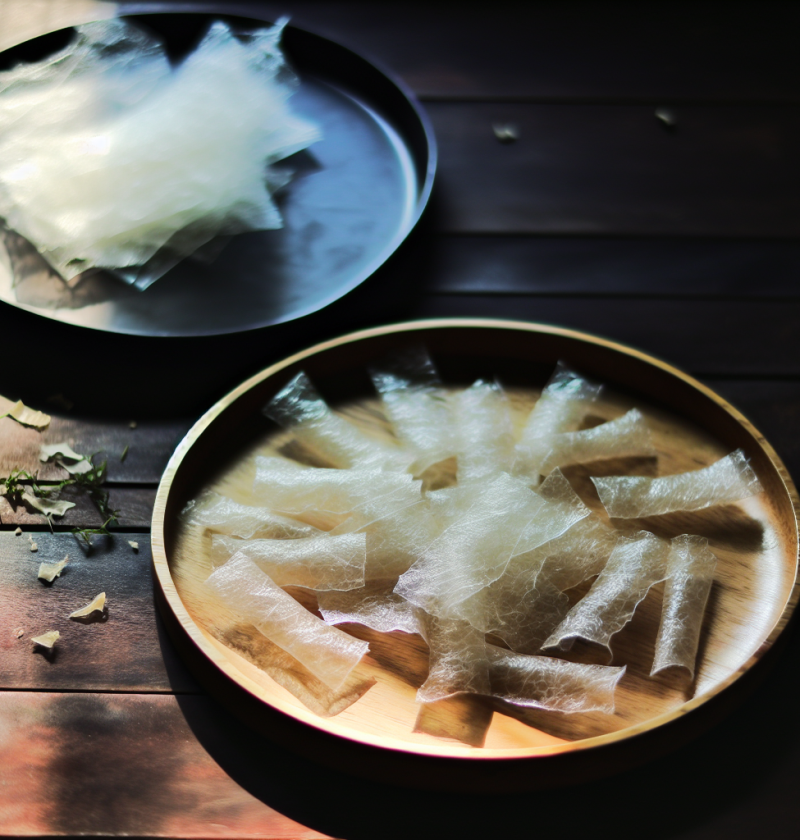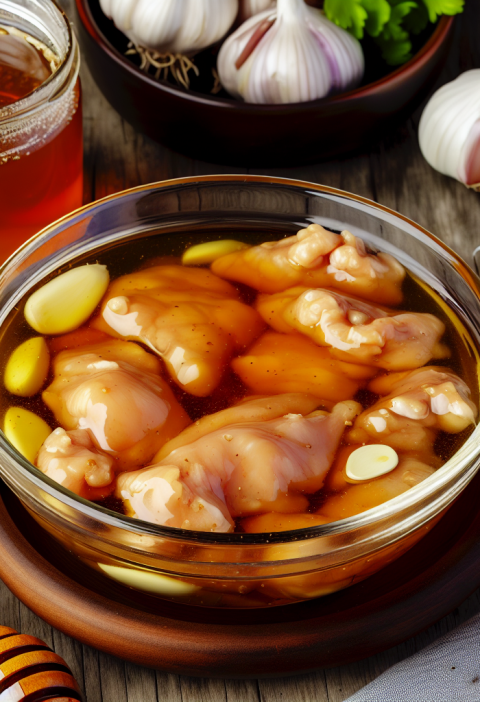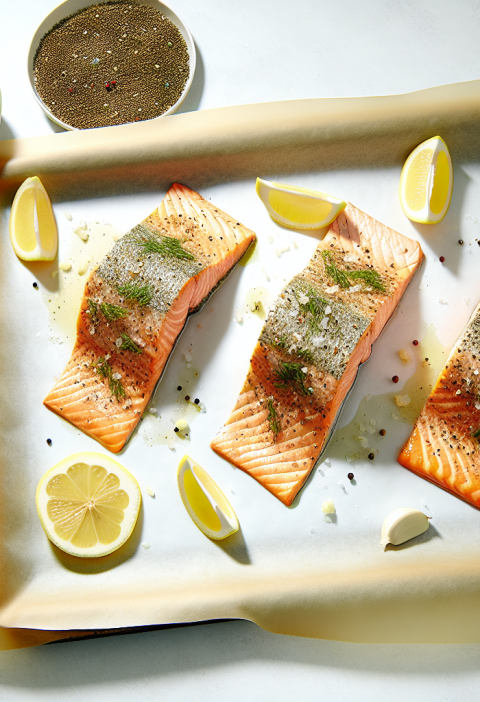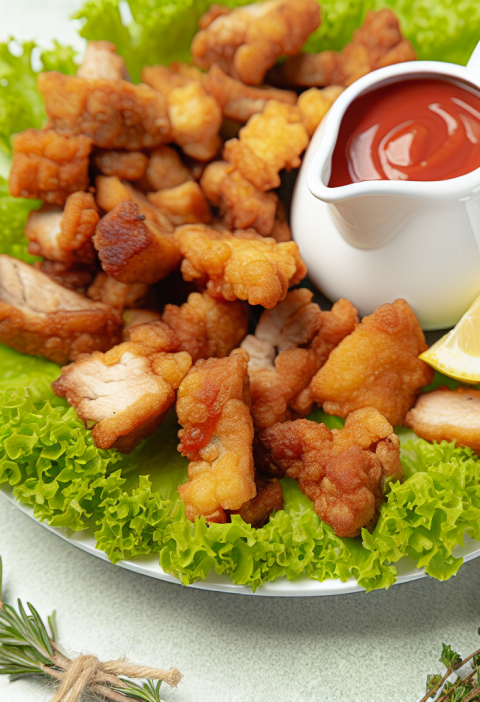“`html
Ultimate Guide to Crafting Your Own Fresh and Crispy Rice Paper
Have you ever ventured into the delicate art of making your own rice paper, feeling the soft, translucent sheets in your hands, ready to hug your favorite fillings? From my experience, there is nothing more magical than transforming a few simple ingredients into a canvas for countless culinary creations. This process not only promises an engaging kitchen adventure but also endows you with a proud, artisan touch to your spring rolls and other vibrant dishes. Imagine sharing your handmade rice paper with friends and family, their delighted reactions adding to the joy of your efforts!
Preparation Time
- Preparation: 10 minutes
- Resting: 30 minutes
- Cooking: 10 minutes
Suits: 6-8 people
Difficulty: Medium
Ingredients
The necessary ingredients (possible in all kinds of variations)
- 1 cup rice flour
- 1 tablespoon tapioca flour
- 1/2 teaspoon salt
- 1 1/4 cup water
- Cooking oil (for steaming method)
For a vegan or gluten-free variation, ensure the tapioca flour and rice flour are certified gluten-free. You can also experiment with various types of rice flour, such as brown rice flour, for a slightly earthier taste.
Steps
The steps of preparation (possible in all kinds of variations)
- In a mixing bowl, combine rice flour, tapioca flour, and salt.
- Gradually add water, stirring continuously until you achieve a smooth batter.
- Cover the bowl with a cloth and let it rest for 30 minutes.
- Prepare your steaming setup: bring water to boil in a large pot.
- Lightly oil a flat, heat-resistant plate or tray.
- Carefully pour a thin layer of batter onto the oiled surface and place it in the steamer.
- Cover and steam for 5-7 minutes until transparent and fully set.
- Gently remove the rice paper with a spatula and place it on a clean, dry cloth.
- Repeat with remaining batter, adding more oil as needed.
- Let the rice paper cool completely before using or storing.
Alternatives include using an air fryer with a steaming rack, a microwave steaming system, or even an Instant Pot. Each method might bring a slight variation in texture and flavor.
Nutritional Benefits
- Rice paper is gluten-free, making it suitable for those with gluten sensitivities.
- Low in calories, which is ideal for anyone watching their caloric intake.
- High in carbohydrates, providing a quick energy source.
- Contains small amounts of protein, contributing to overall daily protein intake.
- Free from common allergens such as soy and nuts.
- Easily digestible, suitable for those with digestive issues.
Now that you have your fresh and homemade rice paper ready, the culinary possibilities are limitless! Let’s move on to some potential additions and upgrades to elevate your rice paper creations to the next level.
Possible Additions or Upgrades
- Add sesame seeds or herbs to the batter for extra flavor and texture.
- Infuse the water with green tea or other teas for a subtle hint of flavor.
- Use vegetable or chicken broth instead of water for a savory undertone.
- Experiment with vegetable juice, such as carrot or spinach, to add vibrant colors.
- Sprinkle lightly with sea salt right after steaming for a delicate seasoning.
- Brush with a light garlic or herb-infused olive oil before drying for aromatic rice paper.
To ensure you make the best of this recipe, here are some common questions and answers that may arise during the process.
Questions and Answers
Can I use glutinous rice flour instead of regular rice flour?
It’s not recommended as glutinous rice flour will create a sticky, chewy texture, unlike the desired thin and crispy texture.
Can I store the rice paper, and if so, how?
Yes, you can store rice paper by layering them between parchment papers and keeping them in an airtight container for up to a week, or freeze them for more extended storage.
Can I use a non-stick pan instead of steaming?
Yes, you can cook rice paper on a non-stick pan, but be cautious to maintain a thin, even layer to avoid uneven cooking.
What could cause my rice paper to be too thick or too thin?
Not spreading the batter evenly or the batter’s consistency being too thick or too thin. Try adjusting the water ratio or pour the batter more carefully.
Can I flavor the rice paper batter directly?
Yes, you can add a variety of seasonings directly to the batter, such as garlic powder, chili flakes, or even finely chopped herbs.
How do I achieve the perfect consistency for the batter?
The batter should be smooth and slightly runny, akin to heavy cream. Adjust the water as needed to achieve this consistency.
Will brown rice flour affect the taste and texture?
Brown rice flour can give a nuttier flavor and slightly denser texture. It’s a nutritious option worth trying for a different taste.
Is it necessary to rest the batter for 30 minutes?
Resting allows the flours to hydrate fully, ensuring a smoother and more workable batter, which helps in achieving the desired texture.
What’s the best way to rehydrate stored rice paper?
Dampen a clean cloth and gently pat the rice paper when you’re ready to use it, or briefly dip it in warm water and blot dry.
Can I make large batches of rice paper at once?
Absolutely! Just ensure you have enough flat surfaces to dry them, and they can be stored for later use as mentioned.
Making your own rice paper is a beautiful blend of simplicity and creativity. The personal touch of homemade rice paper brings a unique edge to your culinary skills and a delightful experience to your loved ones. Don’t forget to share your creations on social media and spread the joy of this incredible recipe with friends and family!
“`







